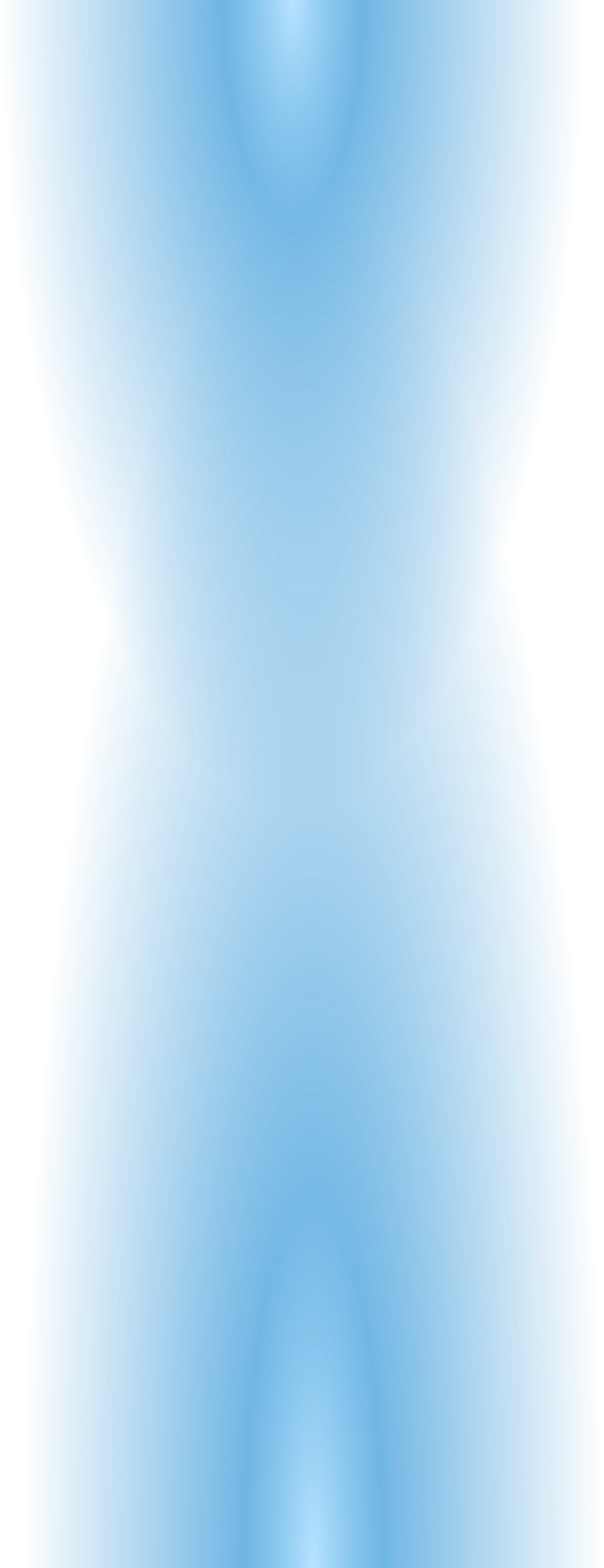Leisure Products (Bolton) Ltd
Design • Develop • Manufacture
General information & FAQ’s
Gas Types
There are two common types of LPG (Liquid Petroleum Gas),
propane and butane.
Butane gas is traditionally in blue cylinders and burns with
a higher calorific value than propane, which produces more
energy for a given supply pressure than propane.
Propane gas is traditionally in red cylinders and has a
significantly lower boiling point than butane and therefore
performs better in colder conditions.
Many modern appliances perform equally well on both
gas types with little or no adaptation required.
All gas cylinders require a regulator to control the flow of
gas. Traditionally these are not interchangeable between
propane and butane.
The main confusion for LPG users arises not between the
different gas types but between the numerous different
cylinder types available on the market, which all require
different regulators. Camping Gaz cylinders contain butane
gas and are widely available throughout the UK and Western
Europe, but not Scandinavia where the Primus bottles are
more common. Camping Gas cylinders require clip on .
regulators which are not interchangeable with other gas
cylinders. Calor gas bottles are available in both propane
and butane and are widely available in the UK and Europe.
Many other brands of gas cylinder such as Flogas are
available in different geographic areas and these are
interchangeable with calor gas cylinders, although some
dealers will only exchange same brand bottles.
Gas Consumption
When setting off on a long voyage, one question often
asked is ‘how much gas will I need for the journey?’
Here is how to calculate your requirements:
The gas consumption on a Neptune 4500 is as follows:
Hobs (each) 1.65 kW 119 g/hr
Grill 1.65 kW 119 g/hr
Oven 1.25 KW 92 g/hr
Total 6.28 kW 455 g/hr
These rates are the same for butane @ 28 mbar and
propane@ 37 mbar
Best guess cooking times:
A cooked breakfast plus hot drink (Both hobs on for 20
minutes plus the grill for 15)
Dinner - A light meal plus hot drinks (One hob and grill for
15 minutes_
Main meal - Meat + veg plus hot drink
(Oven for 1 hr 40
minutes (¾ rate), both hobs 45 mins (½ rate))
Hob usage = 1 hr 40 minutes or 1.67 hrs
((2 x 20) + (1 x 15) + (2 x 45) / 2)
Grill usage = 30 minutes or 0.5 hrs
(15 + 15)
Oven usage = 1 hr 15 minutes or 1.25 hrs
(1hr 40 mins x 0.75)
Gas consumed = 371 grams
((1.67 x 119) + (0.5 x 119) + (1.25 x 91))
So, a 2.75kg bottle would last about 7.5 days at this rate of
consumption.
Please note that these calculations are only a guide for
cooking times and power rates to show how to calculate
figures.
Carbon Monoxide (CO)
CO is a by-product of combustion appliances burning fossil
fuels and has almost the same density as air. CO has no
smell or taste and for this reason it is sometimes referred
to as the ‘silent killer’. CO is poisoning occurs by inhalation.
The most recognisable symptoms of CO poisoning are:
- Headaches
- Vomiting
- Tiredness and confusion
- Stomach pain
- Shortness of breath and difficulty breathing
CO poisoning is very difficult to diagnose because
symptoms are often similar to common illnesses like flu
and food poisoning. For a 20 year period, up to February
2014, 30 boat related CO fatalities were recorded. The
largest number of fatalities was caused by portable petrol
generators.
Top tips for keeping safe!
- Ensure fuel burning appliances are correctly installed
- Ensure correct ventilation is provided for the installed
appliance
- Use a gas safe engineer
- Ensure the appliances are regularly serviced
- Use the appliance in accordance to the manufacturers
instructions
- If the appliance appears to be faulty - get it fixed!
- Install a CO alarm and test is regularly
- Know the symptoms of CO poisoning

![Close [x]](index_htm_files/close.png)






